search results for: solar
Showing 19 of 19 Results
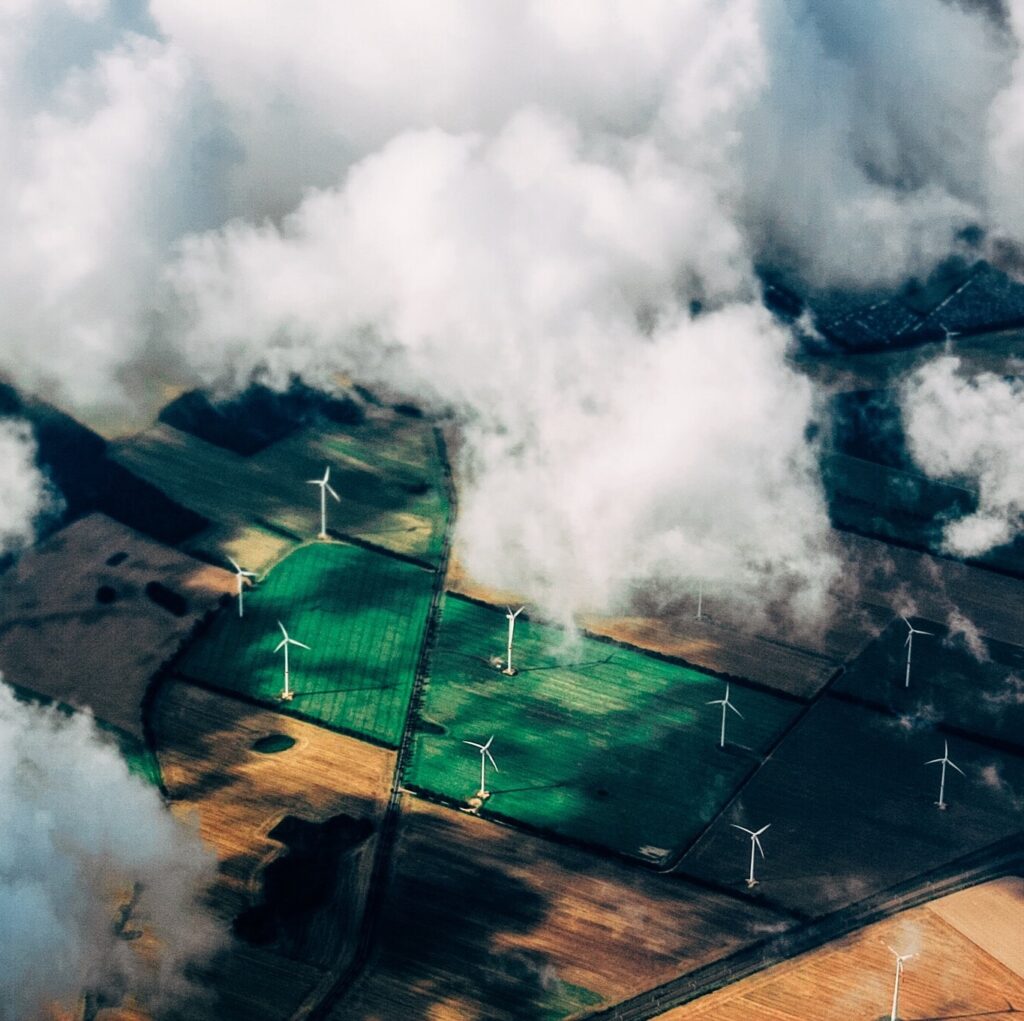

Climate News Weekly: Jul 2, 2024
Climate News Weekly: The end of Chevron deference, special report on solar, anti-greenwashing lawsuits, and more
In the latest installment of Climate News Weekly, James Lawler and Dina Cappiello (RMI) discuss a variety of stories on climate, sustainability, and technology. Dina and James cover a breaking story out of the Supreme Court: the ruling that ended Chevron defe


Climate News Weekly: May 6, 2024
Climate News Weekly: Tesla Layoffs, World Bank Investment, G7 Coal Phaseout
Julio Friedmann and Darren Hau join James Lawler to discuss the latest climate news: Tesla lays off its supercharger team, historic flooding and heat in Asia, $11 Billion committed to the World Bank, G7 agree to phase out coal by 2035, and several new rules from the CEQ and EPA to advance permitting reform and expand solar in the United States.


Climate News Weekly: Apr 15, 2024
SEJ, green banks, solar sheep, and more
This week on Climate News Weekly, James Lawler is joined by Dina Cappiello. They discuss the latest on green banks, the recent turmoil at the SBTI, the power of solar sheep, and more.


Climate News Weekly: Jan 15, 2024
Auxin solar case, Utah climate senate race, and more
Julio Friedmann, Dina Cappiello, Darren Hau and Eric Wesoff join James Lawler to discuss this week’s climate news. Why is the Auxin solar tariff case still a thing? How did we manage to reduce global emissions while increasing GDP last year? China works to
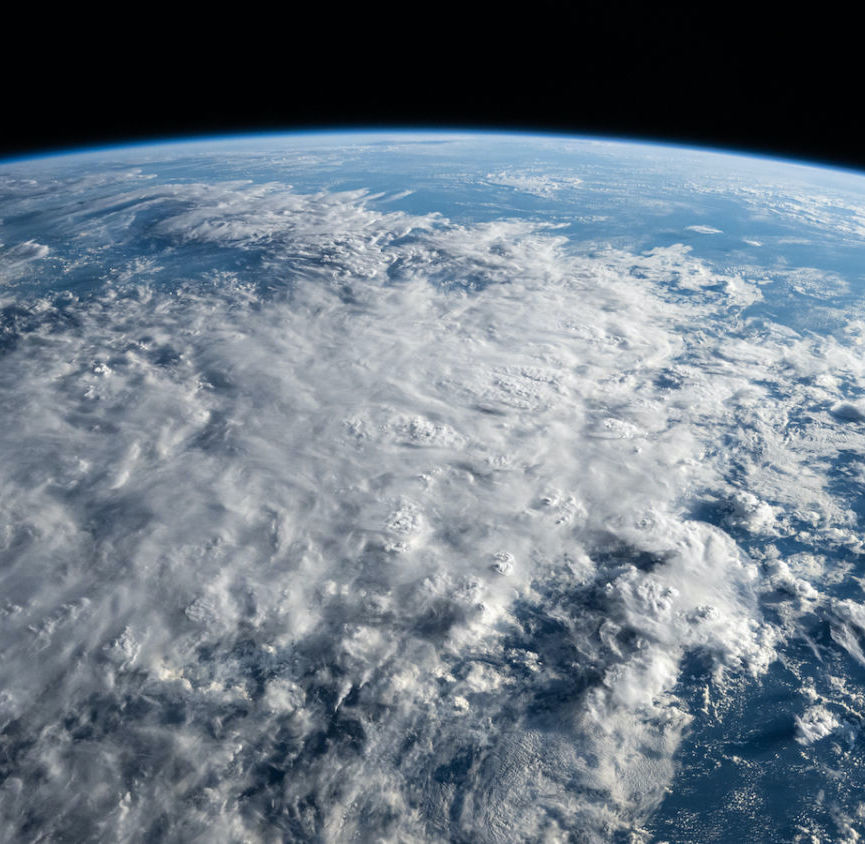

Climate Now: Jan 1, 2024
The Voluntary Carbon Offset Market (3/3)
In January of 2023, a headline from Boston Consulting Group read: The voluntary carbon market [VCM] is thriving. Their evidence? A 4-fold increase in the value of the market in the course of a year, to a valuation over $2 billion USD and growing. Nine months l


Climate Now: Nov 7, 2023
Climate Now Debates: Solar Radiation Management (SRM)
“Geoengineering” refers to the intentional intervention in Earth processes for the purpose of mitigating climate change. A controversial topic, geoengineering is typically divided into two categories: carbon dioxide removal and solar radiation management.


Bakersfield, CA
Carbon Management Technical Symposium
California State University, Bakersfield
April, 2023
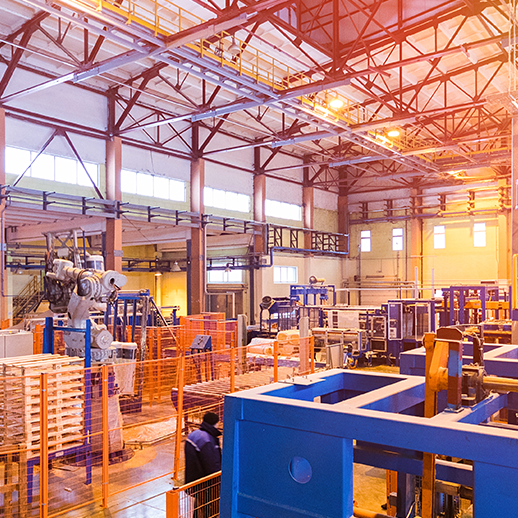

Climate Now: Aug 28, 2023
Made in America: The next generation of solar
You may recall an Auxin Solar tariff case in which a small domestic solar PV manufacturer, Auxin Solar, alleged that solar cells produced in Cambodia, Thailand, Malaysia, and Vietnam were circumventing U.S. trade duties against China. On August 18th, the U.S.
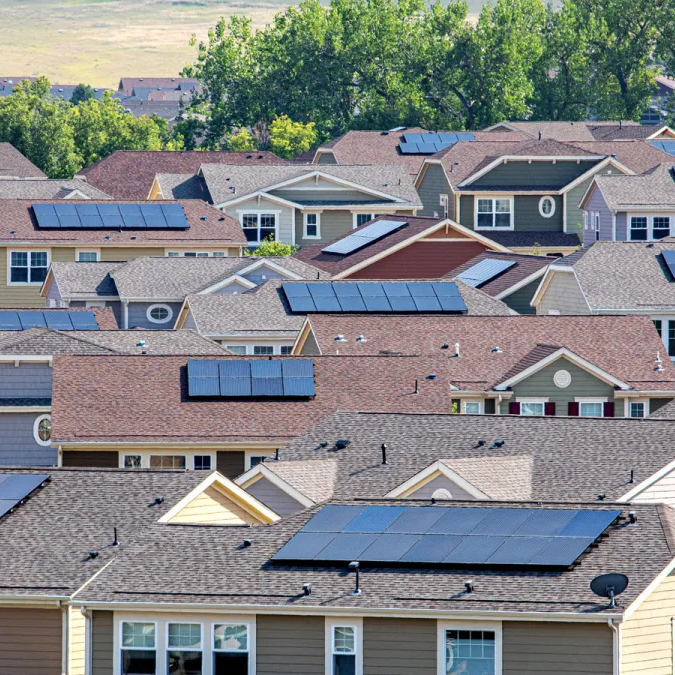

Climate Now: Aug 21, 2023
Building Solar Neighborhoods
There are over 8 billion square meters of rooftops in the US that are viable for solar energy generation, and could produce as much as 40% of national energy needs. And yet, only 8% of US households have installed rooftop solar panels. With so much availab
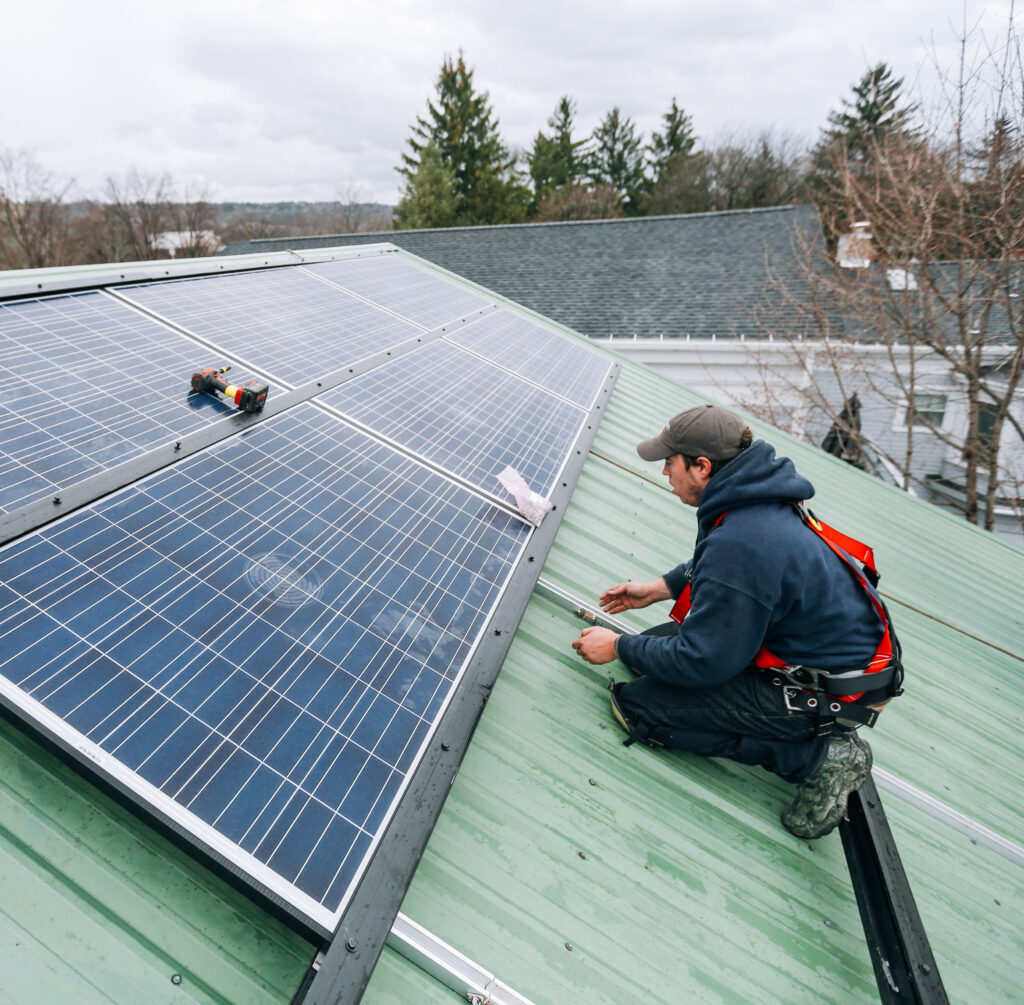

Climate Now: Jul 11, 2023
Getting on track with home decarbonization
The Biden Administration in the U.S. has set a goal of achieving a net-zero emissions economy by 2050, which among other things means that U.S. households, and the appliances and machines that run within them, will need to be powered almost entirely by carbon-
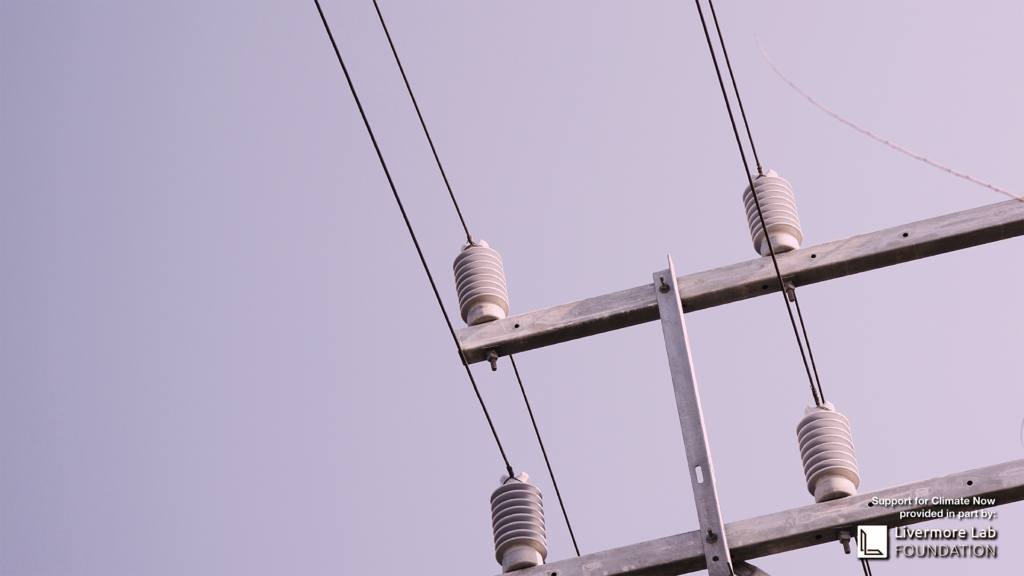

Climate Now: Jan 23, 2023
How to fix the clean energy bottleneck
In 2021, U.S. President Biden signed an executive order with the directive to achieve 100% carbon-pollution free electricity in the United States by 2030. The goal is certainly achievable: currently wind and solar are the cheapest forms of electricity generati
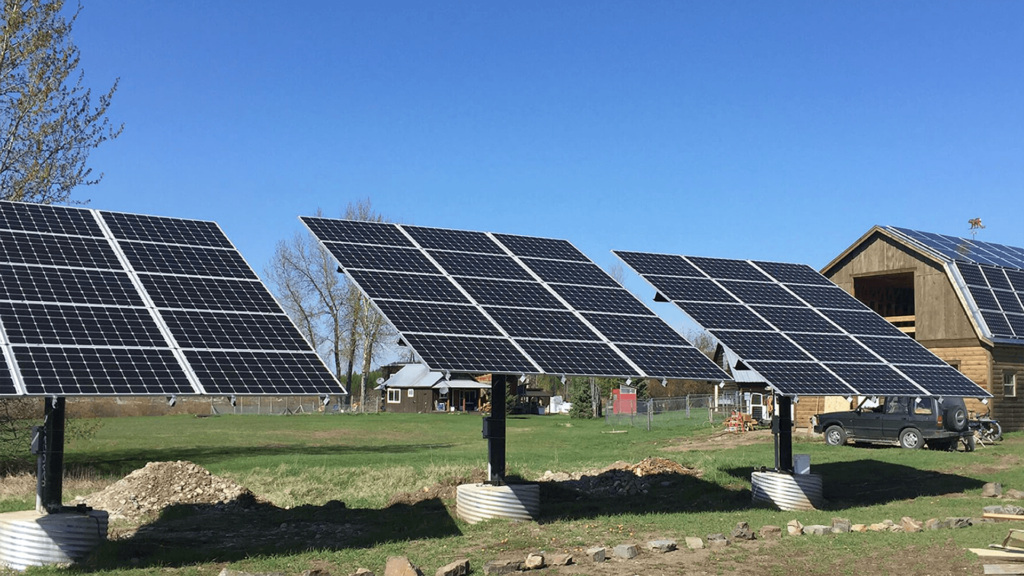

Climate Now: Dec 5, 2022
The role of microgrids in the energy transition
A micro-grid is a local grid. That means that energy generation occurs locally (no giant transmission lines) to support local energy demand, and it has the option to operate independently from a traditional regional power grid. These kinds of grids are attract


Climate Now: Nov 28, 2022
Battery power: the future of grid-scale energy storage
Renewable energy sources – wind and solar – have become the cheapest and fastest growing form of electricity generation. But the industry has not yet escaped the perennial criticism that keeps many from believing that the world could run entirely o


Climate Now: Nov 7, 2022
Making buildings smarter, greener and healthier
The side benefit of reducing building emissions? Increasing quality of life. Building operations (heating, cooling and electrification) account for 27% of global CO2 emissions, but represent some of the lowest-hanging fruit in the challenge of global decarbon


Climate Now: Oct 3, 2022
The solarcoaster: adoption curves and business models
Mitigating climate change is a race against time, requiring “rapid, far reaching and unprecedented changes in all aspects of society,” according to the IPCC, who says we need to halve global emissions by 2030. But Tom Dinwoodie of Epic Institute argues tha
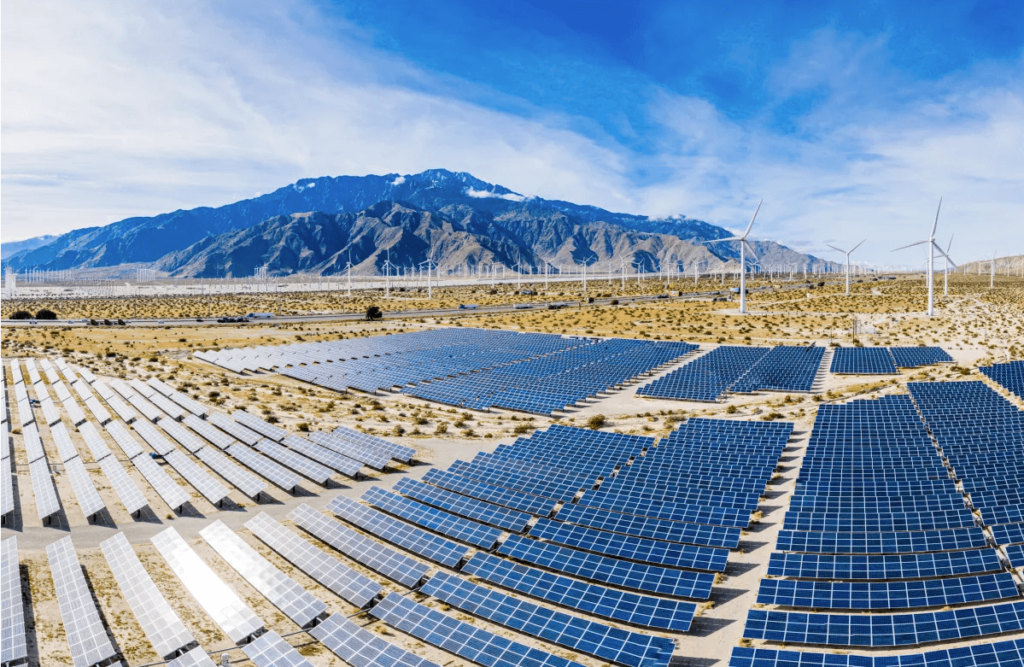

Climate Now: May 23, 2022
How to meet electricity demand while greening the grid
Lawrence Livermore National Lab, Princeton University, and the IPCC have all published proposed climate mitigation pathways: strategies for economically reaching net-zero emissions by mid-century for California, the U.S., and the world, respectively. And they


Climate Now: May 17, 2022
Will the clean energy transition be cheaper than we thought?
The recent working paper by Rupert Way, Matthew Ives, Penny Mealy, and Doyne Farmer, Empirically grounded technology forecasts and the energy transition, suggests that the high estimates of the expense to transition to renewable energy have been inflated, and


Climate Now: May 9, 2022
Diluting dependence on Russian oil: How renewable energy can defund a war
Among the top importers of Russian oil are the EU, Germany, Italy, The Netherlands, and France. The EU accounted for 71% of oil imports from Russia 2 months after the war in Ukraine began. But cutting off oil and gas imports from Russia completely can pose gre


Climate Now: Mar 22, 2022
How the electricity grid works
One of the most efficient ways to get to a net-zero economy is to generate electricity from renewable sources, and then make as many things run on electricity as possible. But, as more end-use services (transportation, heating, industry) are electrified, and